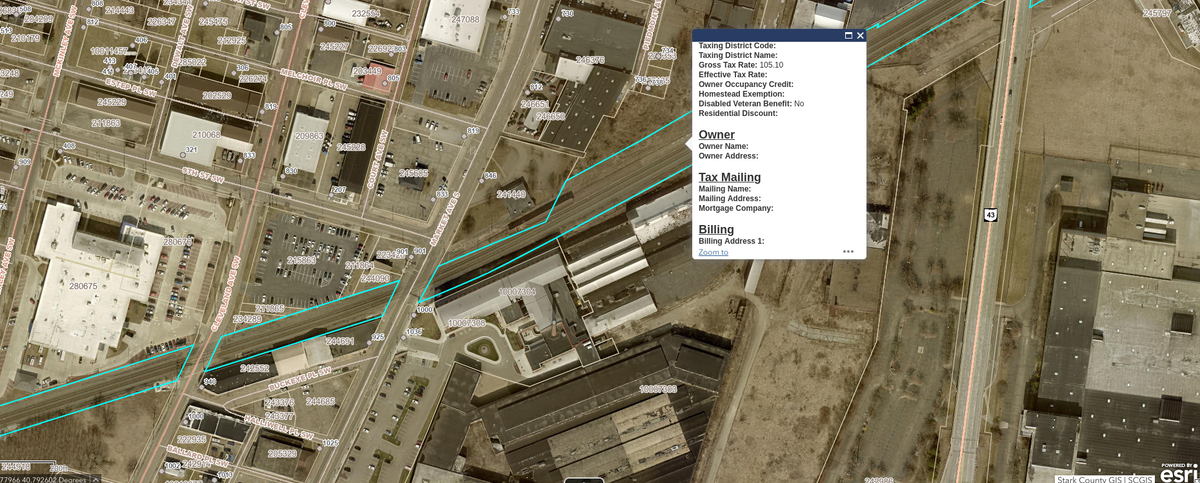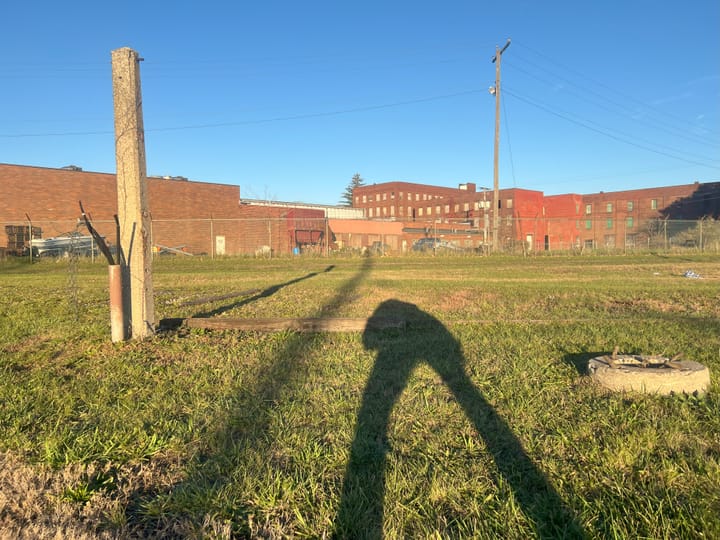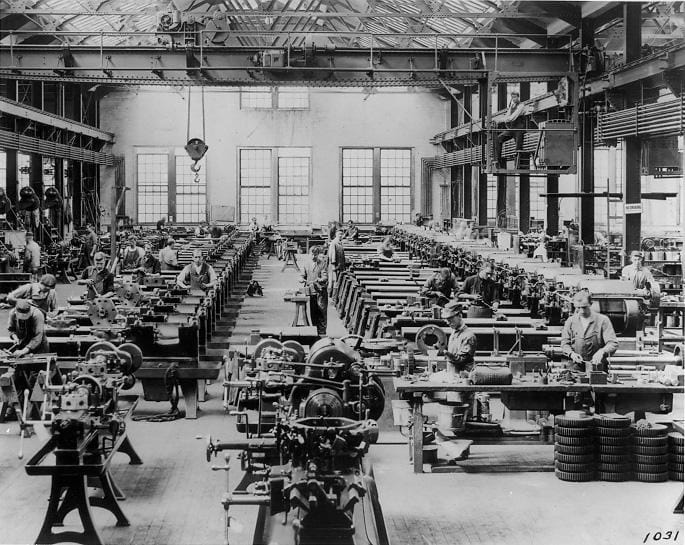Rebuilding Downtowns: Enhancing Access and Mobility for Economic Growth
This article explores the importance of eliminating barriers and investing in transit systems to revitalize downtowns, using Canton, Ohio as an illustrative example.

When discussing the need to rebuild downtown areas, it is crucial to focus on tangible key performance indicators such as vibrant communities engaged in trade and commerce. To ensure the success of brick and mortar businesses, it is essential to address the various "gates" that customers must pass through before making a purchase. By improving accessibility and mobility, downtown areas can attract more consumers, thereby stimulating economic growth. This article explores the importance of eliminating barriers and investing in transit systems to revitalize downtowns, using Canton, Ohio as an illustrative example.
Enhancing Accessibility: A critical aspect of attracting customers to downtown businesses is providing easy access to stores. Customers must physically reach the store before making a purchase. In Canton, where a majority of residents rely on cars for transportation, addressing the three gates of driving, parking, and walking becomes crucial. By streamlining these processes, businesses can increase footfall and capitalize on the pressure inherent to in-person sales/marketing.
Investing in Transit: To foster downtown growth, it is vital for business owners to recognize the benefits of contributing to transit solutions. By incentivizing everyone to spend downtown, businesses can tap into a larger consumer base. Lower transportation costs mean more disposable income that customers can allocate towards their purchases. Two potential options for transit funding include a privately funded initiative coordinated by the chamber of commerce (with end goals of a worker co-op) or a publicly funded system supported by the municipal government.
Accessible Stops and Efficient Routes: Transit systems designed to serve downtown areas should be strategically aligned with the commerce taking place. Whether by building around existing rails or expanding spurs, these systems should be designed to minimize disruption caused by car traffic. Collaboration between the city or public sector and businesses/landlords is crucial to secure the means for developing and maintaining such transit infrastructure.
Leveraging Existing Infrastructure: The article emphasizes the untapped potential of underutilized infrastructure, such as the Amtrak station and former inter-urban station in Canton. By repurposing these facilities, the city can facilitate the movement of people within the downtown area, providing residents of new developments with convenient transportation options. Revitalizing and utilizing such legacy assets can serve as a catalyst for true downtown reconstruction, aligning with Canton's status as "The Heart of it All" and "Gateway to the Midwest."
To rebuild downtowns and promote economic growth, it is necessary to prioritize accessibility, mobility, and transit infrastructure. Eliminating barriers to entry and investing in transit solutions will attract more customers, increase spending potential, and enhance the overall vibrancy of downtown areas. By leveraging existing infrastructure intelligently, cities like Canton, Ohio, can maximize their potential for revitalization and create thriving downtown communities. It is time to seize the opportunity and embrace a future of reimagined downtowns.



Comments ()